The Gazette and its role during events of national significance
Ever since its inception during the Great Plague of London in 1665, through to the current Coronavirus (COVID-19) pandemic, The Gazette has been a trusted and authoritative source for information of public importance. Here we look at The Gazette’s role during events of national significance.
The Great Plague and the origins of The Gazette (1665)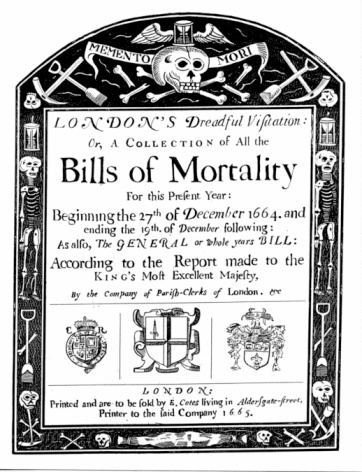
The Gazette was first published on 15 November 1665 (Gazette issue 1) after King Charles II relocated his court to Oxford to escape the Great Plague in London. Exiled courtiers were so terrified of the disease that they were unwilling to even touch London newspapers for fear of infection. Therefore, Charles II ordered a newspaper to be printed at the University Press in Oxford. Thus, The Oxford Gazette was born.
It was published on Mondays and Thursdays and posted to subscribers. Diarist Samuel Pepys once described the two-column newspaper as ‘very pretty, full of newes, and no folly in it’, confirming its accuracy and reliability.
With the plague abating, and Charles II and his court back in the capital, The Oxford Gazette was renamed The London Gazette on 1 February 1666 (Gazette issue 24). It was the first official journal of record and the newspaper of the Crown.
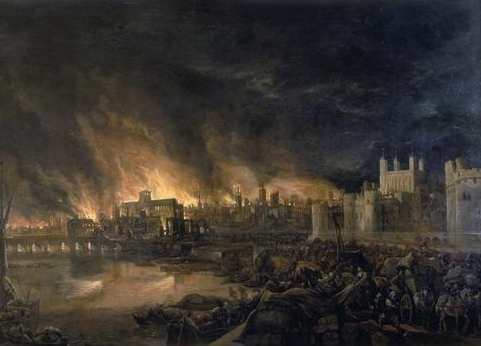 Great Fire of London (1666)
Great Fire of London (1666)
That same year, The Gazette’s role in providing crucial communications to the nation was to be tested as the Great Fire of London spread through the capital.
A blazing fire had broken out at the bakery of Thomas Farriner on Pudding Lane, shortly after midnight on Sunday 2 September, and had spread rapidly across the City of London. Rumour and fear quickly griped the capital with many believing the fire to be an act of terrorism caused by the on-going Second Anglo-Dutch War.
The resulting disruption to news and communications only heightened fears, with the General Letter Office, which most of the country’s post passed through, burning down early on Monday morning. However, The London Gazette managed to publish its Monday issue (Gazette issue 85) before the printer's premises went up in flames and described accurately how the fire started: ‘It hath been thought fit to satisfying the minds of to many of His Majesties Subjects, who must needs be concerned for the Issue of so great an accident, to give this short, but true Account of it.’
Acts of Union (1707)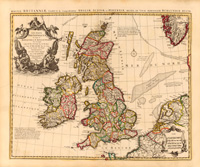
The Gazette also has a long history of publishing important law changes and its official legislation. For example, in 1707 The Gazette announced the acts that joined the Kingdom of England and the Kingdom of Scotland (previously separate states with separate legislatures with the same monarch) into a single, united Great Britain (Gazette issue 4403, Gazette issue 4341 and Gazette issue 4328):
‘We Your Majesty’s dutiful and loyal subjects, being well satisfied of the great Advantages which the Union of The Kingdoms of England and Scotland, lately by Your Majesty’s great Wisdom accomplished, will conduce to the Security of the Protestant Religion, the Establishment and Preservation of the Laws and Liberties of all Your Majesty’s Dominions, and the succession of the Crown in the Protestant Line.’
 The Battle of Waterloo (1815)
The Battle of Waterloo (1815)
Throughout its history, The Gazette has played a vital role in providing the nation with regular and accurate updates from battles and wars. One of the earlier examples of this was on 22 June 1815, when a Gazette Extraordinary announced victory at the Battle of Waterloo (Gazette issue 17028).
Commander of the Allied army, Field-Marshal Arthur Wellesley, the Duke of Wellington, reported: ‘The enemy repeatedly charged our infantry with his cavalry, but these attacks were uniformly unsuccessful, and they afforded opportunities to our cavalry to charge’.
The Crimean War (1853-1856)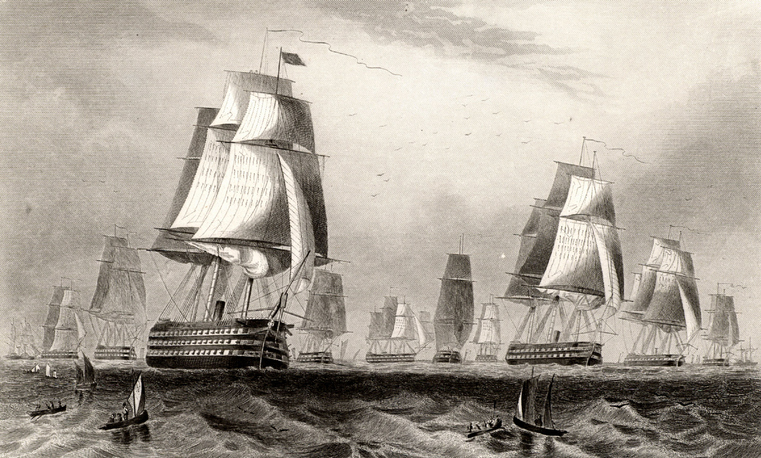
Fought between the Russian Empire and an alliance made up of the Ottoman Empire, the Second French Empire, the British Empire and the Kingdom of Sardinia, The Crimean War is often considered one of the first modern wars. This is because The Gazette’s publications, alongside other media coverage, meant that the public could receive timely and detailed updates of events.
From the Declaration of War on 28 March 1854 (Gazette issue 21536) to the Treaty of Paris on 30 March 1856 (Gazette issue 21865), The Gazette recorded the events of the Crimean War through despatches, promotions and awards announcements.
To recognise the valour of those who fought in the Crimean War, Queen Victoria established the Victoria Cross, to date the highest military decoration. Awarded for valour and devotion to duty in the face of the enemy to members of the armed forces, regardless of rank, it was announced in The Gazette on 5 February 1856 (Gazette issue 21846).
Recipients of the Victoria Cross, and other military promotions and awards, continue to be announced in The Gazette to this day. These announcements are often used by genealogists to trace relatives and plot family trees, as well as research persons of interest.
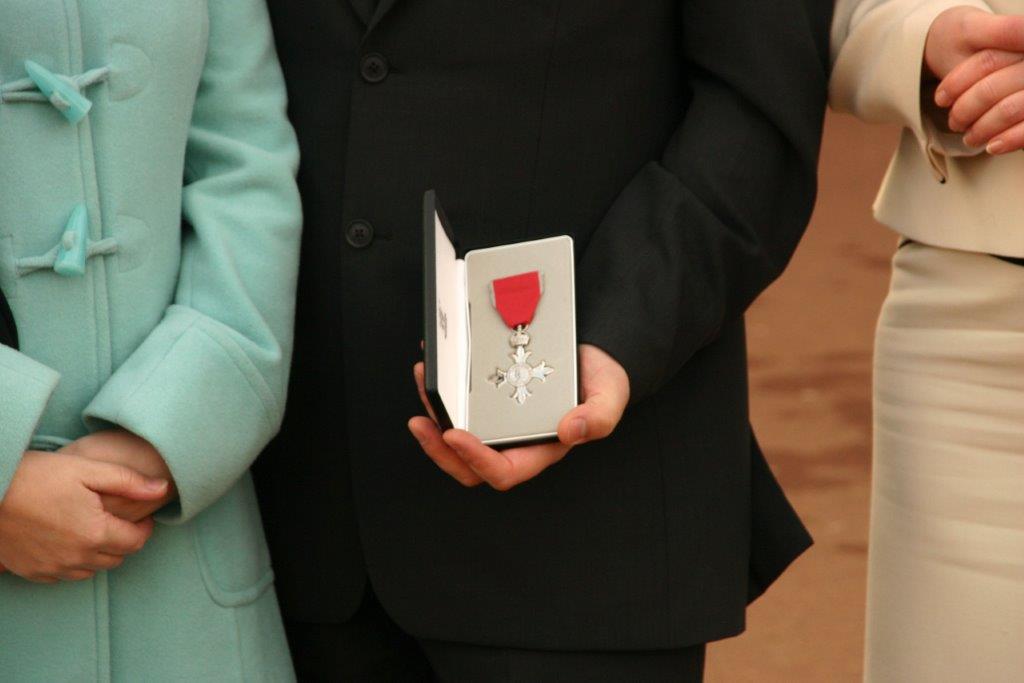 New Year and Birthday honours (1860-present)
New Year and Birthday honours (1860-present)
Since the mid-19th century, the New Year and Birthday honours lists – the most significant announcements of civilian and military gallantry awards – have been published in The Gazette. The Gazette remains the official home of the Queen’s Birthday and New Year honours and publishes the lists on the Queen’s official birthday in June and in the New Year.
Honours supplements from 1860 to 1939 can be found here, while honours supplements since 1945 can be found here. There are also searchable individual notice pages for recent awardees.
The Gazette and the British monarchy (1665-present)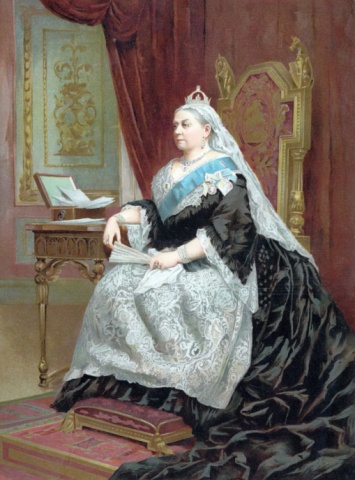
The Gazette has also played a significant part in keeping the public informed about the monarchy. For example, events in the life of Queen Victoria were covered in great detail in The Gazette.
Following the death of her uncle William IV, in June 1837 The Gazette announced that Victoria had become Queen at the age of 18 years old (Gazette issue 19509). Victoria’s marriage to Prince Albert on 10 February 1840 was also recorded in a supplement of The London Gazette, published on 13 February 1840 (Gazette issue 19824), and on 22 January 1901, The Gazette announced that King Edward VII had ascended the throne following the death of Queen Victoria (Gazette issue 27270).
The Gazette has documented the demise and accession of every British monarch since, including George VI taking the throne in 1936 (following the abdication crisis of Edward VIII) (Gazette issue 34349) and the coronation of Queen Elizabeth II in 1953 (Gazette issue 40020). The Gazette has also marked significant milestones, such as the Diamond Jubilee of Queen Elizabeth II in 2012, with special editions (Gazette issue 60160).
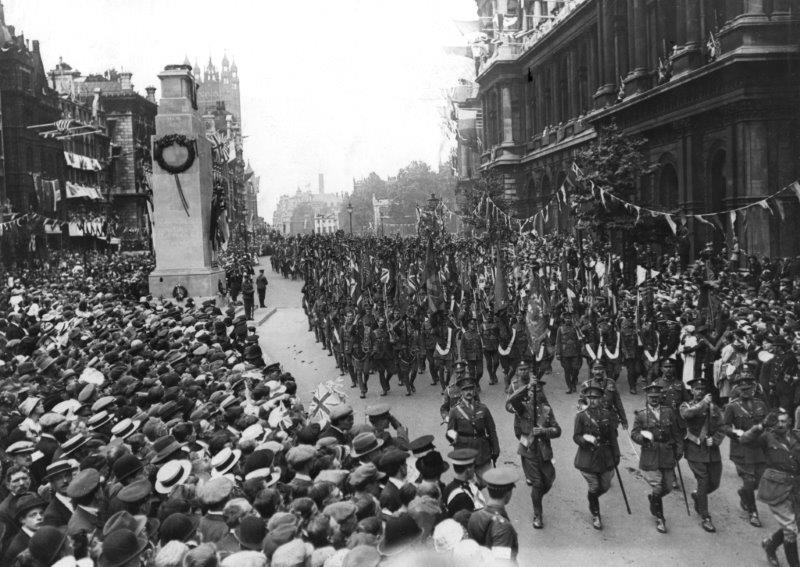 World War 1 (1914-1918) and World War 2 (1939-1945)
World War 1 (1914-1918) and World War 2 (1939-1945)
The Gazette’s importance as an official source of trusted information would become essential during World War 1 and World War 2. As well as announcing a state of war on 4 August in 1914 (Gazette issue 28861) and on 3 September in 1939 (Gazette issue 34665), The Gazette also published numerous despatches from military commanders on the front line, describing missions and acts of gallantry from soldiers in battle.
The Treaty of Versailles, officially ending WW1, was announced in The Gazette on 1 July 1919 (Gazette issue 31427), while Peace Day, a Bank Holiday celebrating the end of war, was also declared in The Gazette a week later (Gazette issue 31449).
WW2 saw The Gazette develop and expand, with daily publication, extensive lists of promotions and regular supplements of honours and awards - all of which are still used by amateur and professional researchers today.
The births of future Kings (1948, 1982, 2013)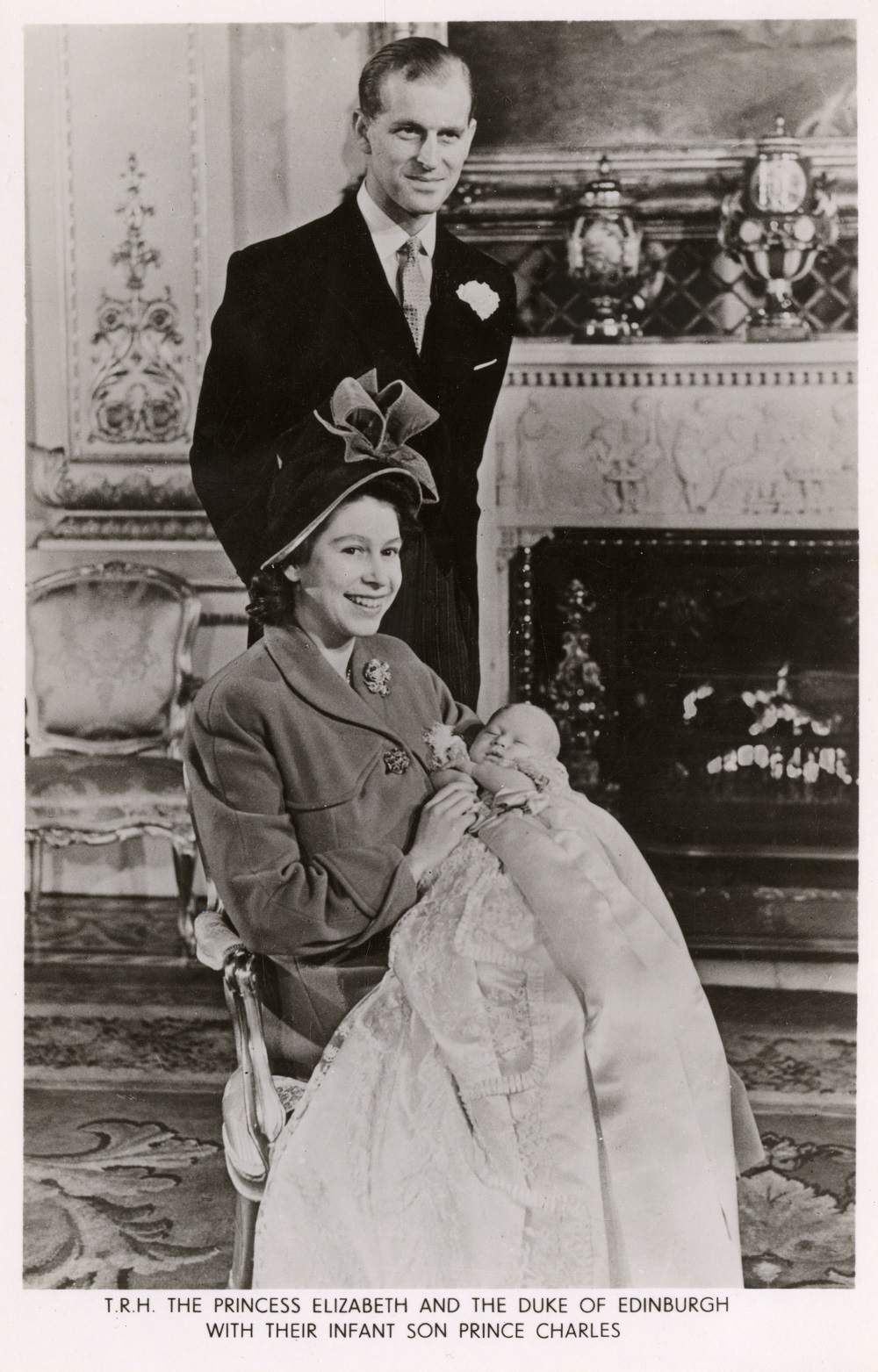
As well as marking changes in the British monarchy, The Gazette has also been documenting royal births since the 17th century, including the births of those in line to the throne.
For example, on 14 November 1948, a Gazette Extraordinary was published to mark the birth of the now heir to the throne, Charles Philip Arthur George (Gazette issue 38455). The birth of Prince Charles’ first born, William Arthur Philip Louis, was also announced on 21 June 1982 (Gazette issue 49027), as was Prince William’s first born, George Alexander Louis, on 22 July 2013 (Gazette issue 60576).
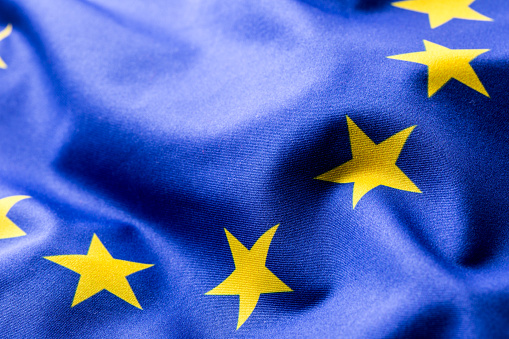 European Union Referendum Act (2015)
European Union Referendum Act (2015)
Acts of Parliament which gain Royal Assent are also published in The Gazette, as was the case with European Union Referendum Act 2015 in January 2016 (Gazette issue 61473).
The act made legal provision for a non-binding referendum on whether the UK should remain a member of the European Union. The referendum took place on Thursday 23 June 2016 and the electorate voted by 51.9 per cent to 48.1 per cent in favour of leaving the EU.
The Coronavirus (COVID-19) pandemic (2020)
Over 350 years since the Great Plague of London, The Gazette remains the UK’s official public record and can now accept all notices, directions and declarations, including revocations, that are required to be published under Coronavirus legislation.
Coronavirus notices placed in The Gazette will provide an accurate and up-to-date timeline of changes in UK law under the Coronavirus Act 2020 and related legislation. As we are currently living though this latest event of national significance and the landscape is a rapidly changing, The Gazette has created a dedicated search to enable users to quickly navigate to all of the published Coronavirus notices.
See also
This month in history: The Crimean War and the 1856 Treaty of Paris
This month in history: Edward VIII abdication crisis
Find out more
Coronavirus Act 2020 (Legislation)
Image: Getty Images and Mary Evans
Publication date: 15 April 2020
